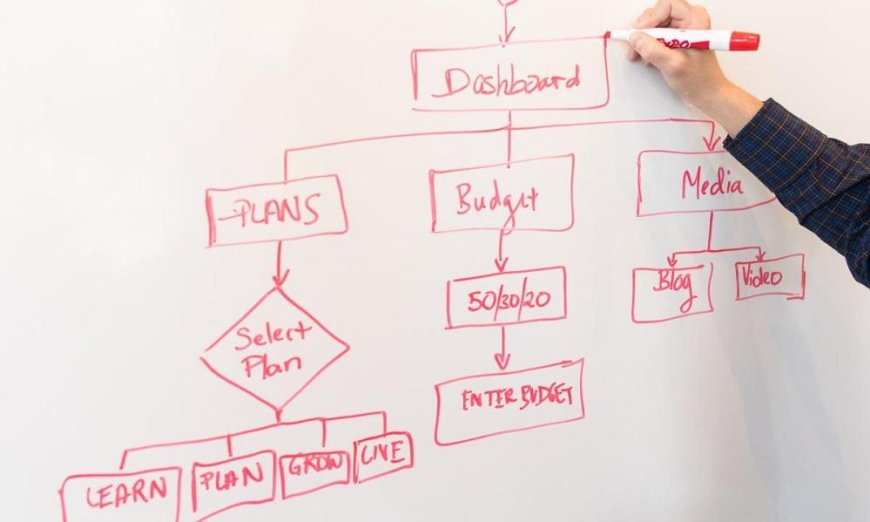Why should children create diagrams while learning?
order to achieve good academic results. In this article, we will present you one of them - find out what the role of create diagrams in

Diagrams while studying at school are a great way to clearly present information. Find out how best to do them in this article. There are several different educational techniques that children must learn to use in order to achieve good academic results. In this article, we will present you one of them - find out what the role of create diagrams in learning is.
Creating diagrams or sketches is a good way to summarize your learning in order to better remember concepts and facts. It is a good idea to teach children this learning technique from an early age so that they can acquire knowledge effectively and efficiently.
Remember that learning diagrams are just one of the many steps that must be taken in the complex world of education. We can summarize the entire learning process in the form of five elements. These are:
- Reading comprehension.
- Highlight the most important information.
- Abstract (outline)
- Self-assessment of acquired knowledge.
Teach your children to create diagrams while they learn
When you want to summarize the information you have learned, you must be able to use a variety of organizing or compiling strategies. This should be done in such a way as to allow the content to be modified so that it is easier to assimilate and remember. This is where diagrams while learning or sketches become very useful.
As you learn, the charts visually and clearly show the main and secondary ideas of a given text. The great advantage they have over other summarizing techniques is that they allow you to capture relevant information quickly.
There are different types of diagrams, depending on the type of material to be learned:
Comparative: They are used to compare characteristics and "catch" information at a glance.
Hierarchical: With this type of diagram, you can organize and classify the concepts contained in the text and integrate some ideas with other texts.
Sequential: Can be used when you need to organize information sequentially based on various factors (time lapse, method changes, feature changes, etc.).
It is important to convey the idea of ‹‹diagrams to our children. However, to learn this technique of science, it is not enough to know only the theory. The process also requires a lot of practice.
For this reason, it is a good idea for parents to accompany their children during the educational sessions. They will be able to help them create the first visual diagrams so that, over time, children will be able to make them on their own.
Must Read: 10 professional skills of a modern English teacher
Characteristics of a good education diagram
To create a good diagram, you need to follow a few steps:
- First, read the text carefully.
- Then select and highlight primary and secondary information.
- Think of a title that summarizes the text.
- Then select the type of diagram you want to make.
- Divide the text into general sections and subsections.
- Finally, put each concept in a different section and describe it briefly and accurately.
Diagrams while learning should also meet the following characteristics:
- You should integrate all the main ideas into one diagram.
- You should emphasize and clearly connect the main ideas of the text.
- Diagrams need to be structured logically while learning, with well-organized primary and secondary information.
- The diagram must be clear so that the content can be quickly understood.
- It must be written using short or direct keywords or phrases, never long sentences.
By following these guidelines, children will learn to create meaningful learning diagrams that will help them improve their school performance. They will be able to see a general idea of ‹‹the topics and how they fit together at first glance.
All of this is beneficial to them because they can easily assimilate, understand, and remember information. It takes work, time and effort, but it is definitely worth doing!
